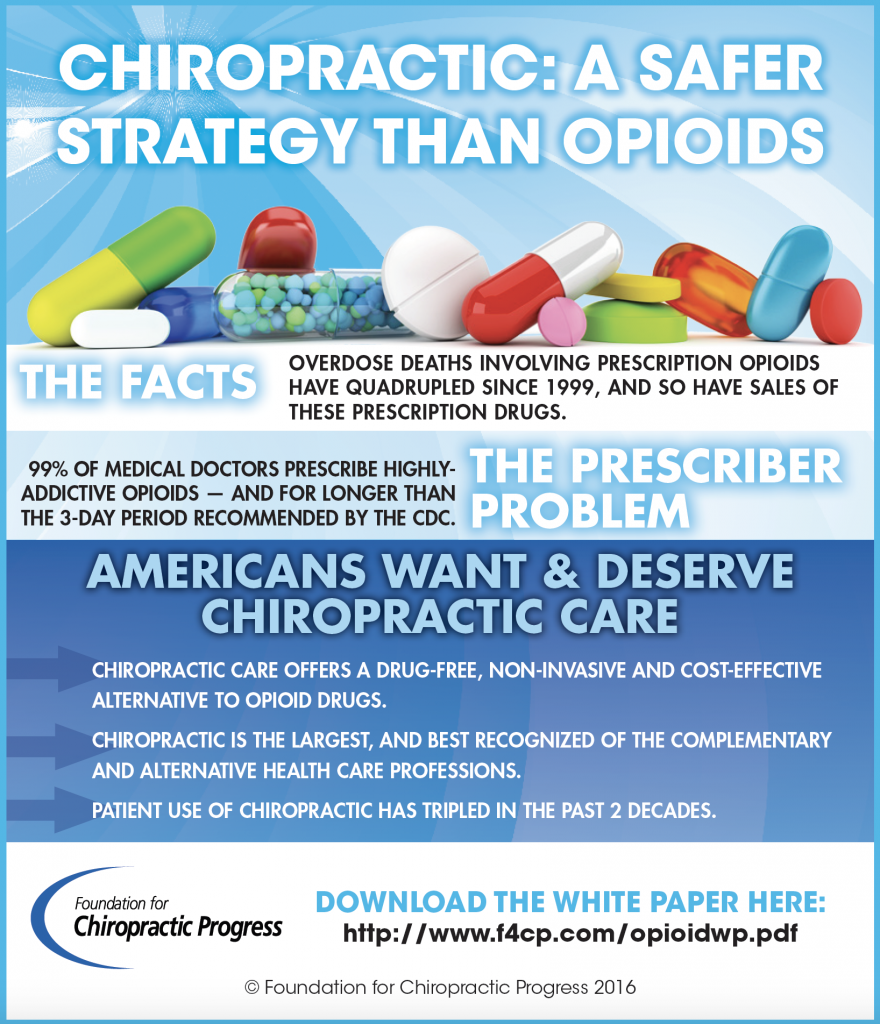Prepare Yourself To Uncover The Exciting Cellular Interactions Associated With Cold Laser Therapy And Its Use Of Light For The Purpose Of Healing. Explore The Depths Of Science Also Additionally!
Prepare Yourself To Uncover The Exciting Cellular Interactions Associated With Cold Laser Therapy And Its Use Of Light For The Purpose Of Healing. Explore The Depths Of Science Also Additionally!
Blog Article
Material Written By-Jespersen Roman
You may have heard of cold laser therapy as a promising therapy alternative for various conditions, however have you ever wondered just how it actually deals with a mobile level? Comprehending the systems behind this treatment can shed light on its performance in promoting healing and reducing inflammation. By discovering the scientific research behind cold laser treatment, you'll get insights into the interesting ways in which light can affect cellular processes and facilitate cells fixing.
Just How Cold Laser Treatment Functions
To understand exactly how cold laser therapy functions, you require to realize the essential principles of just how light power engages with biological cells. Cold laser therapy, additionally called low-level laser treatment (LLLT), utilizes details wavelengths of light to penetrate the skin and target hidden cells. Unlike the extreme lasers made use of in operations, cold lasers discharge reduced degrees of light that do not create heat or create damage to the tissues.
When https://www.neurologyadvisor.com/topics/neuropathy/low-level-laser-therapy-may-reduce-incidence-of-postherpetic-neuralgia/ get to the cells, they're soaked up by parts called chromophores, such as cytochrome c oxidase in mitochondria. This absorption causes a collection of biological feedbacks, consisting of boosted mobile power production and the release of nitric oxide, which improves blood circulation and reduces inflammation.
In addition, the light power can also stimulate the production of adenosine triphosphate (ATP), the power money of cells, aiding in mobile repair and regrowth processes.
Essentially, cold laser treatment utilizes the power of light energy to promote recovery and minimize pain in a non-invasive and gentle way.
Systems of Activity
Just how does cold laser treatment really function to generate its restorative impacts on organic tissues?
Cold laser therapy, also referred to as low-level laser therapy (LLLT), operates through a procedure called photobiomodulation. When red light therapy is related to the skin, the light energy permeates the cells and is taken in by chromophores within the cells.
These chromophores, such as cytochrome c oxidase in the mitochondria, are after that promoted by the light power, leading to a cascade of biological responses. One crucial device of activity is the enhancement of mobile metabolism.
The soaked up light energy increases ATP production in the mitochondria, which is important for mobile function and repair service. Furthermore, cold laser treatment assists to decrease inflammation by hindering inflammatory arbitrators and promoting the launch of anti-inflammatory cytokines.
This anti-inflammatory impact adds to pain alleviation and tissue recovery.
Therapeutic Results
Recognizing the restorative results of cold laser therapy entails identifying how the enhanced cellular metabolic rate and anti-inflammatory homes contribute to its favorable results on organic cells.
When the cold laser is put on the affected location, it stimulates the mitochondria within the cells, leading to increased production of adenosine triphosphate (ATP), which is vital for mobile function and repair work. This boost in cellular power increases the recovery procedure by advertising tissue regrowth and lowering inflammation.
In addition, the anti-inflammatory residential properties of cold laser therapy aid to decrease discomfort and swelling in the targeted location. By hindering inflammatory moderators and advertising the release of anti-inflammatory cytokines, cold laser treatment aids in minimizing pain and enhancing the total recovery action.
This reduction in inflammation not just gives prompt relief but likewise sustains lasting tissue repair.
Final thought
To conclude, cold laser treatment functions by boosting cellular fixing and cells regrowth through photobiomodulation. Its anti-inflammatory properties supply discomfort relief and lower swelling by preventing inflammatory mediators.
This therapy offers a comprehensive approach to healing, delivering both immediate relief and long-term tissue repair service benefits.
Via its devices of action, cold laser therapy proves to be an effective and encouraging treatment option for a range of problems.
